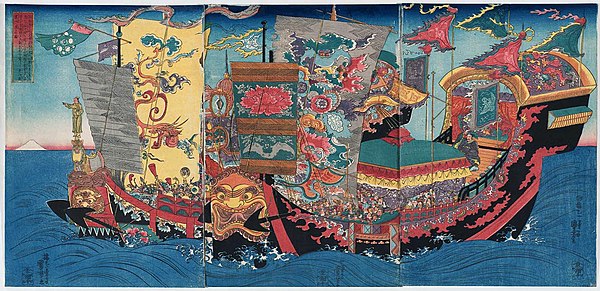
Qin dynasty
The Qin dynasty or Ch'in dynasty was the first dynasty of Imperial China, lasting from 221 to 206 BCE. Named for its heartland in Qin state (modern Gansu and Shaanxi), the dynasty was founded by Qin Shi Huang, the First Emperor of Qin. The strength of the Qin state was greatly increased by the Legalist reforms of Shang Yang in the fourth century BCE, during the Warring States period. In the mid and late third century BCE, the Qin state carried out a series of swift conquests, first ending the powerless Zhou dynasty and eventually conquering the other six of the Seven Warring States. Its 15 years was the shortest major dynasty in Chinese history, consisting of only two emperors, but inaugurated an imperial system that lasted from 221 BCE, with interruption and adaptation, until 1912 CE.

























